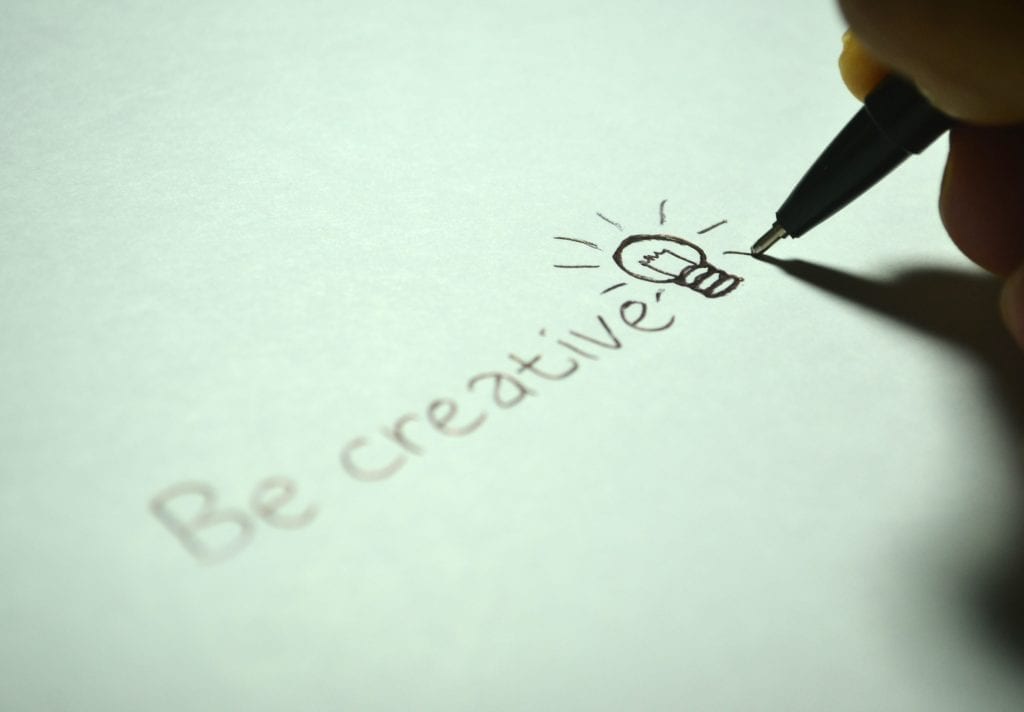Just like the crisps in your cupboard, your website has a best before date
Think your website might be outdated? Maybe it is. To continue generating leads and increasing sales it’s important to keep up with popular trends and regularly updating the elements of your website. If you notice your conversion rates are slipping, your website design could be the cause. 94% of people say that first impressions matter when they visit a business website, and the design will help them decide if they want to stay on that site or go elsewhere.
Below are a few website design statistics that will make you want to give serious consideration to opting for a site redesign.
A responsive website is essential
As mobile devices have become so popular, websites have jumped on the trend of creating a responsive website. However, a responsive website isn’t a trend anymore, but a necessity that businesses should invest in to stay relevant and continue to attract (and retain) visitors. International Business Times stated in an article that one in five millennials no longer uses a desktop computer to go online, relying exclusively on smartphones and tablets. Having said that, the article also states that 74% of Internet users 55 and older are now relying on mobile devices as well. So as most people know that the younger population has conformed to mobile, it’s important to note that adults are also jumping on the same bandwagon making a responsive website vital for success.
Need a redesign?
Having a responsive website takes some of the guesswork out of catering to your audience, by ensuring that whatever device they use to access your website they always see your business in the best possible light.
Slow load times could be killing conversion
We all know that attention spans run short when using the Internet and people are not very fond of delays. With unlimited information available from numerous sources. If your website doesn’t appeal and intrigue almost instantly, visitors will move on to the next site.
In fact, 40% of people will leave a website if it takes more than 3 seconds to load. Furthermore, 79% of web users who experience trouble with a site’s performance admit they are less likely to return to the site and around 44% of them would tell a friend if they had a poor experience purchasing online (Source).
If you are experiencing slow loading times, try to find the source of the problem or consider working with a professional web design company who can offer you a redesign that is updated with the latest trends and offers quick and easy access for users.

Colour choices can make or break your site
Colours are important not just to make the website more appealing but also to build your brand and enhance corporate identity. Colours increase web recognition by 80% (Source). The colours on your website should resemble who you are and appeal to your targeted audience so a considerable amount of thought should be given when deciding what will work best for your brand.
Research by Psychologists shows that people are susceptible on a subconscious level to colour impressions and that over 60% of acceptance or rejection of a website is tied closely to this fact (Source). In addition to choosing the right colours, it’s also important no to clutter your website with too many colours that become overwhelmingly distracting. You should choose a colour scheme and stick to it, keeping in mind that more than 3 colours will distract and deter people from your website.

Content is king online
Effective content on each website page is important for several reasons such as informing the reader, enhancing SEO for searchability and awareness as well as a way to describe why your products and services are better than your competitors. If your website is full of grammatical errors, it will seem unprofessional and may result in you losing credibility and people viewing you as a trustworthy source.
It’s not only important to have well-written and informative content but also a good amount of content on each page. Creating an effective content marketing plan will help each page flourish and shine rather than push you down the rankings.
Give simplicity a chance
Another key element for website design is simplicity. People want to use websites that are easy to navigate so they can quickly find the information they need.
If a prospect needs to dig through your website to find what they are looking for, more than likely they will leave and use another source. 50% of potential sales are lost because users can’t easily find the information they are looking for and 40% of those users never return to a site when they’ve had a negative experience (Source). It’s common to have a lot of information and components that make up a website but to be successful, you’ll need to organise all of those elements into a simple, easy to understand, format.


